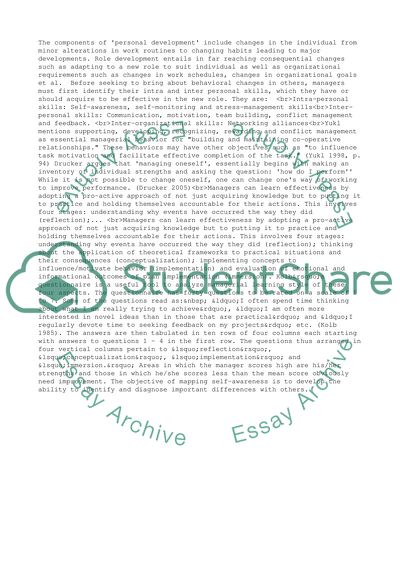Cite this document
(“Individual Reflection and Personal Development Plan Case Study”, n.d.)
Retrieved from https://studentshare.org/business/1505223-individual-reflection-and-personal-development-plan
Retrieved from https://studentshare.org/business/1505223-individual-reflection-and-personal-development-plan
(Individual Reflection and Personal Development Plan Case Study)
https://studentshare.org/business/1505223-individual-reflection-and-personal-development-plan.
https://studentshare.org/business/1505223-individual-reflection-and-personal-development-plan.
“Individual Reflection and Personal Development Plan Case Study”, n.d. https://studentshare.org/business/1505223-individual-reflection-and-personal-development-plan.


